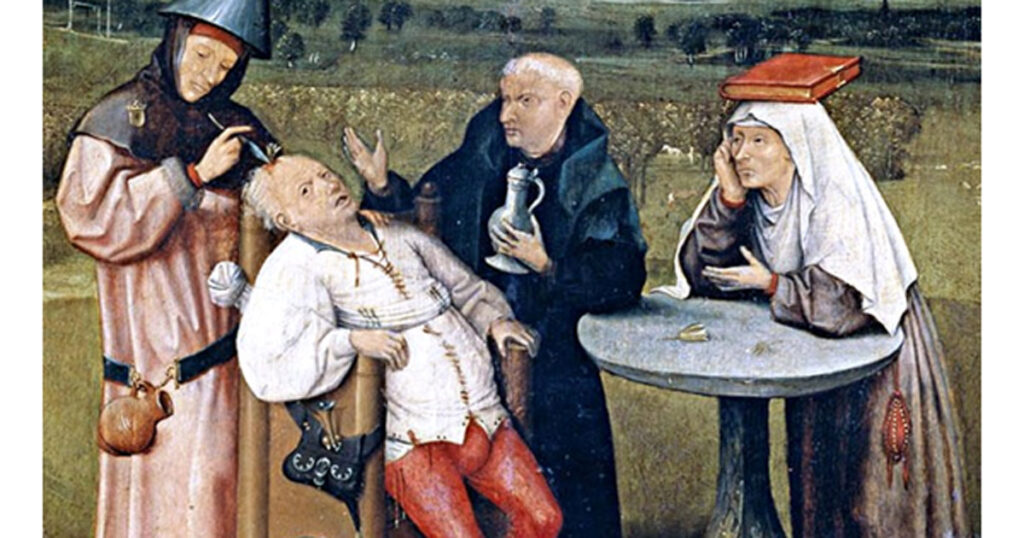The Middle Ages
“If you don’t know where you come from, you don’t know where you’re going to.” Maya Angelo
About

The Middle Ages or medieval period, as referred to by many scholars, began with the fall of the Western Roman Empire in the 5th century and lasted until the rise of the Renaissance period (the Age of Discovery) in the 15th century.
Education

Elementary Song-Schools
At the elementary song-school, children learnt how to sing Latin hymns. Since the elementary song-school was attached to a large church, children had the opportunity to read and write if an educated priest was present.

Monastic Schools
According to Richard de Clare, monastic schools were for boys being trained for attending churches. These boys were taught by a monk or a priest. These schools mostly taught boys from poor villages, but as an exchange for their education, the poor children worked as servants in the school.

Grammar Schools
Grammar schools were schools that taught boys Latin grammar. They were large schools in a large area that was part of a church or a cathedral. The boys who were sent to grammar schools were mainly taught logic(the art of arguing) and rhetoric (the art of public speaking). They were also taught manners and hunting. Little time was spent on subjects such as mathematics and science.
Jobs

The 5 most common jobs in the Medieval Ages were farming, carpentry, butchery, shoemaking and church work. Other jobs included blacksmithing, tailoring, and retailing. Jobs determined status in the Middle Ages.

Bloodletting
Bloodletting, which means letting the body bleed, was highly practiced during the Middle Ages. Doctors then believed that regular bleeding would lead to a healthy life, so, monks were given bloodletting sessions to protect them.

Ointments
To stay healthy, doctors believed that the body should
retain heat and moisture. This was achieved by applying ointment.

Urine Examination
The color, taste, and smell of urine were examined by doctors back in the Medieval Ages. Doctors used this examination for diagnostic purposes.

Folk Remedies
Since peasants could not afford doctors’ fees, they used folk remedies (natural resources) which were provided by “wise men or women.
Homes

Most peasants lived in small one or two room homes. These homes were very crowded, and usually everyone slept in the same room. Family animals sometimes lived inside the home. The home was usually dark, smoky from the fire, and uncomfortable. These homes were made from wattle and daub with a thatched roof but with no windows. They had furniture like cooking pots, chairs, and a trunk for bedding.

